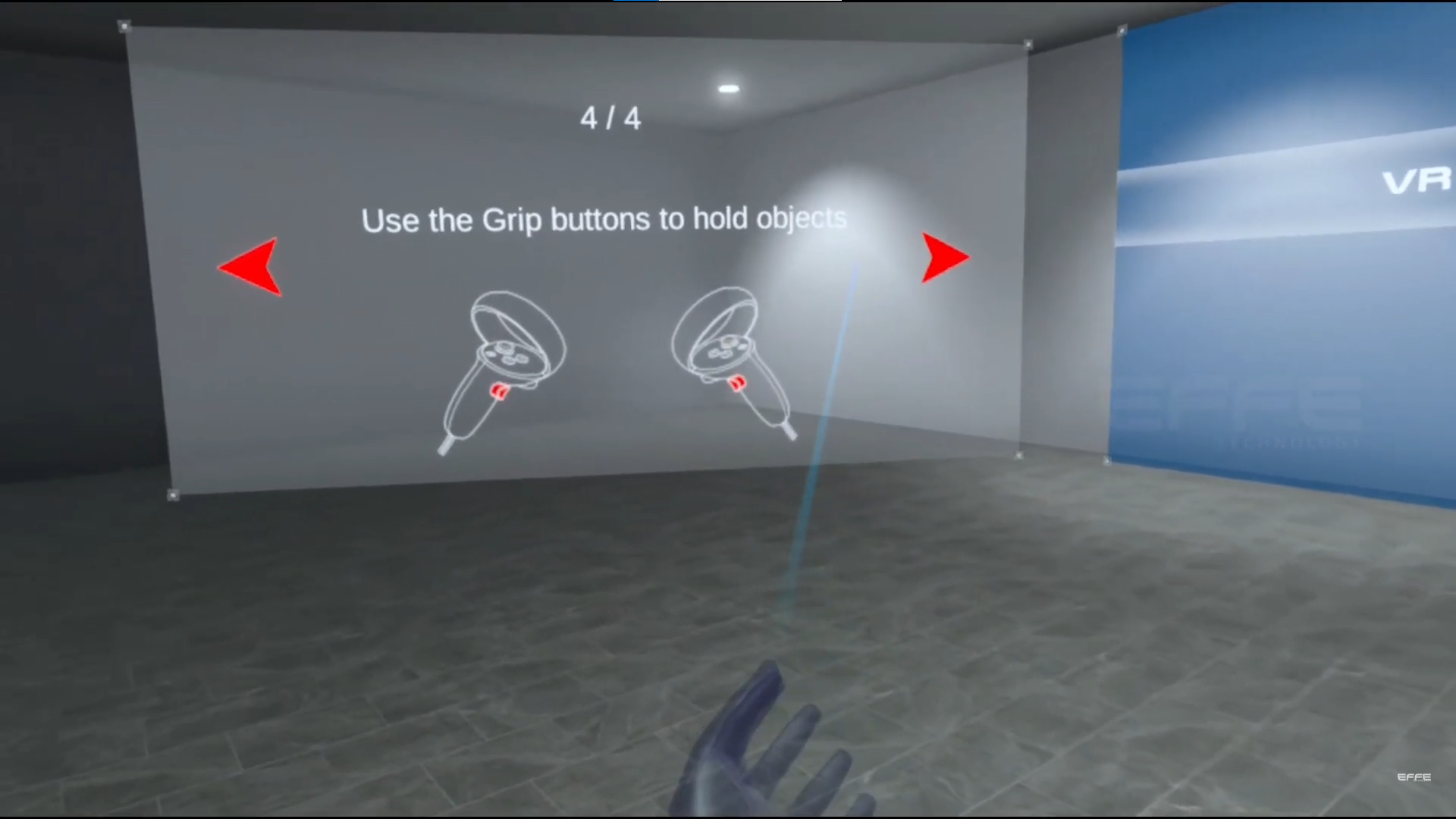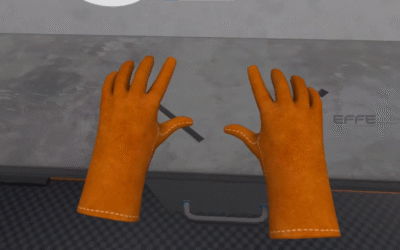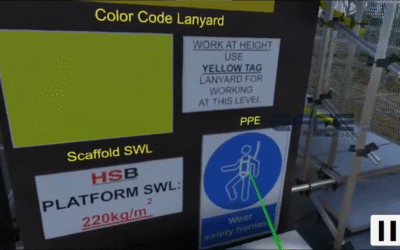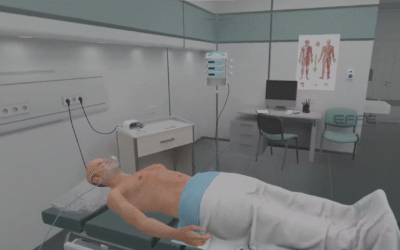Client Background:
A leading technical training institute in South India was struggling to provide cost-effective and safe hands-on VR welding simulator training to its growing student base. Traditional methods required costly materials, posed safety risks, and lacked real-time feedback.
The Challenge
The institute faced four major problems:
-
Excessive use of consumables like metal plates, wires, and gas, resulting in high costs
-
Risk of safety incidents among beginners handling real equipment
-
Difficulty in delivering personalized feedback to large groups
-
Lack of standardization in performance evaluation
They needed a safe, scalable, and efficient solution that would enhance student learning while minimizing operational costs.
The Solution
We implemented our advanced Virtual Reality, VR Welding Simulator Training system that provided a fully immersive and hands-on experience. The system supported GMAW, SMAW, FCAW, and GTAW procedures—offering students a digital platform that mimicked real-world welding conditions.
Key features included:
-
Real-time motion tracking of hands and welding torch
-
Haptic feedback to simulate vibration and resistance
-
Realistic sound, visual effects, and arc behavior
-
Guided learning modules and customizable difficulty levels
-
A scoring system to assess angle, travel speed, and weld quality
This welding simulator training allowed students to safely practice different techniques multiple times without wasting resources or compromising on realism.
Implementation & Results
After a one-week setup and training period for instructors, over 30 simulator stations were deployed across three workshops. The program was embedded into the core curriculum, enabling students to alternate between virtual and live welding sessions.
In the first six months, the institute reported:
-
40% reduction in material usage and costs
-
70% increase in student engagement
-
30% higher pass rates in welding certification exams
-
No reported injuries during the entire training phase
Trainers found it easier to monitor student progress through the analytics dashboard, and learners appreciated the ability to receive immediate feedback and improve continuously.
Conclusion
The adoption of VR welding simulator training brought measurable benefits in performance, safety, and cost-efficiency. Students were better prepared for real-world scenarios, and the institute strengthened its reputation as a tech-forward training center. With this successful implementation, our VR welding simulator has become a model for future-ready skill development in the welding industry—offering an intelligent blend of technology and practical learning.Our partner




